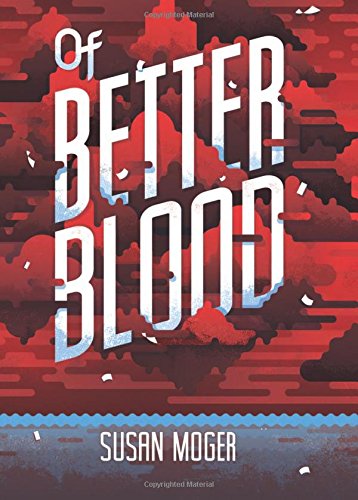Of Better Blood
In 1922 New York, a teenage girl contracts polio. Her father sends her to a carnival troupe, where she performs plays advocating the danger to society of the “unfit.” There she meets another teenage girl, a “fit,” wise-ass con artist and carney worker, and they become friends. Then, there’s a murder; actually, several murders. The girls have to figure out who’s committing them and why.
This is an excellent story, well told. It’s authentic historical fiction, but there are elements of mystery and thriller. There’s a locked filing cabinet and disappearing children. There’s even a semblance of horror, where the reader will think, “Oh, please don’t go into that abandoned lighthouse.” A modern writing style for fiction called “take care of the reader” recommends the writer to repeat everything that’s important, and not to say anything that’s not. The author does this. There are a few flashbacks in the beginning to develop the personality of the heroine, but soon after, it’s completely linear and reads like a movie. Each short chapter proceeds immediately from the previous one, and there are no long, boring paragraphs.
There are several snippets of humor. A bad lady tells the heroine, “Now, don’t tell Dorchy.” The heroine replies, “Of course,” which means, “Of course I’ll tell Dorchy,” so it’s not a lie. Later, the heroine asks, “What are sundries?” Her companion says, “Anything under the sun.” They steal some money and a car from the bad guy, and the carney girl asks casually, “Now which pedal is the brake?” There’s also great sorrow and despair: “We’re just corks in the river headed for the falls,” and “The tide will pull them out into the Atlantic, and after that, to all the waters of the world.” It’s a deeply disturbing subject, but a thoroughly enjoyable story. Highly recommended.










